The rainy season in Nicaragua (the wet season) is a great time to discover the vibrancy of a country filled with lush landscapes, colorful flora, and stupendous surf swells.
I remember being surprised by the rather barren scenery of Nicaragua when I first arrived in early March. There was a lack of foliage and vegetation, but I was promised that if I stuck around long enough, rich greenery would reveal itself…
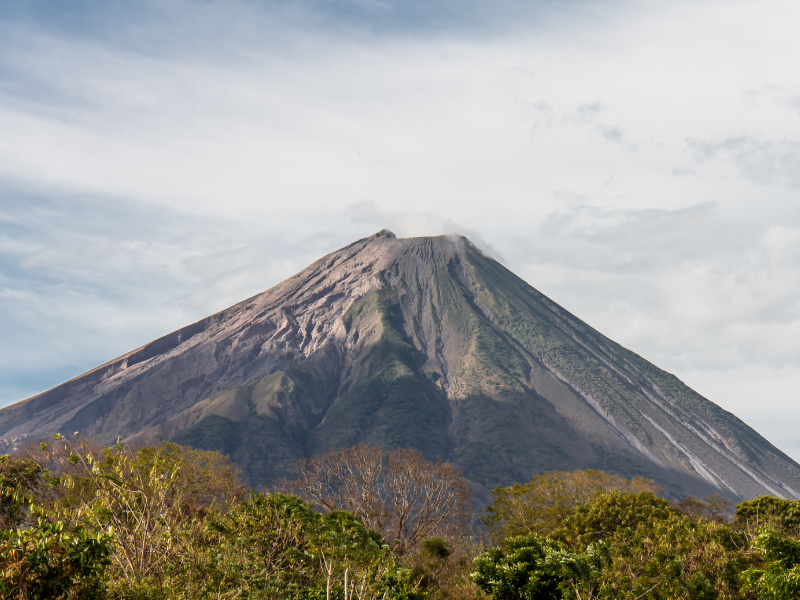
As time slipped by in the land of lakes and volcanoes, I witnessed the landscape transform; leafless tree branches sprouted with new growth and the luscious greenery lying dormant during the dry months became revitalized during the wet season.
Nicaragua’s wet season is the best time to visit because of the wonderful flora, slowed tourism, awesome waves, and better prices.
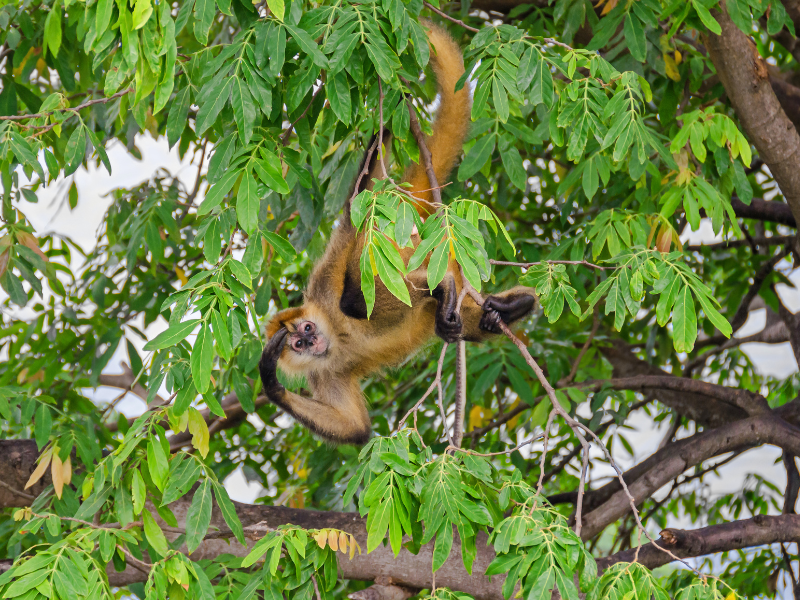
Nicaragua’s Rainy Season: What You Need to Know
In this guide, you’ll find everything you need to know about the rainy season in Nicaragua – from when it is, what to expect, what to pack, and much more!
Feel free to use this table of contents to jump to specific sections – or simply read on!

When is the Rainy Season in Nicaragua?
Like every country in Central America, Nicaragua has just two seasons: the wet season and the dry season.
May through October is considered the wet season (rainy season) in Nicaragua. You can expect the most rainfalls during the months of September and October. So, if you are hoping for plenty of time outdoors, it’s best to avoid those months.
(Of course, Mother Nature is not so rigid, so these timelines vary year to year.)
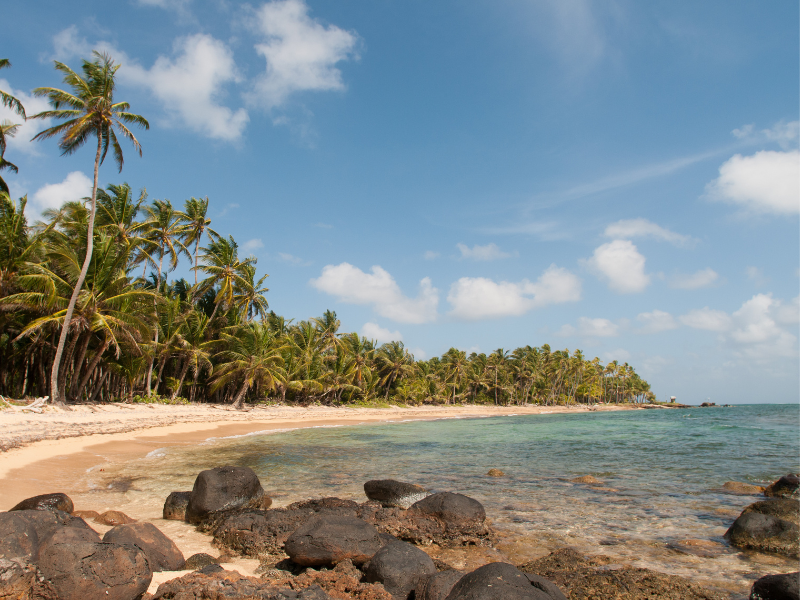
Canícula (Little Summer)
The wet season is interrupted by the beloved “Canícula,” or little summer. For up to four weeks in July and August (if Mother Nature permits), Canícula presents a dry spell that mimics the “summer” months.
When is the Dry Season?
On the other hand, the “summer months”, or the dry season in Nicaragua (peak tourist season), occur from mid-December through mid-April. These months are characterized by less humidity, larger crowds, and much less greenery.
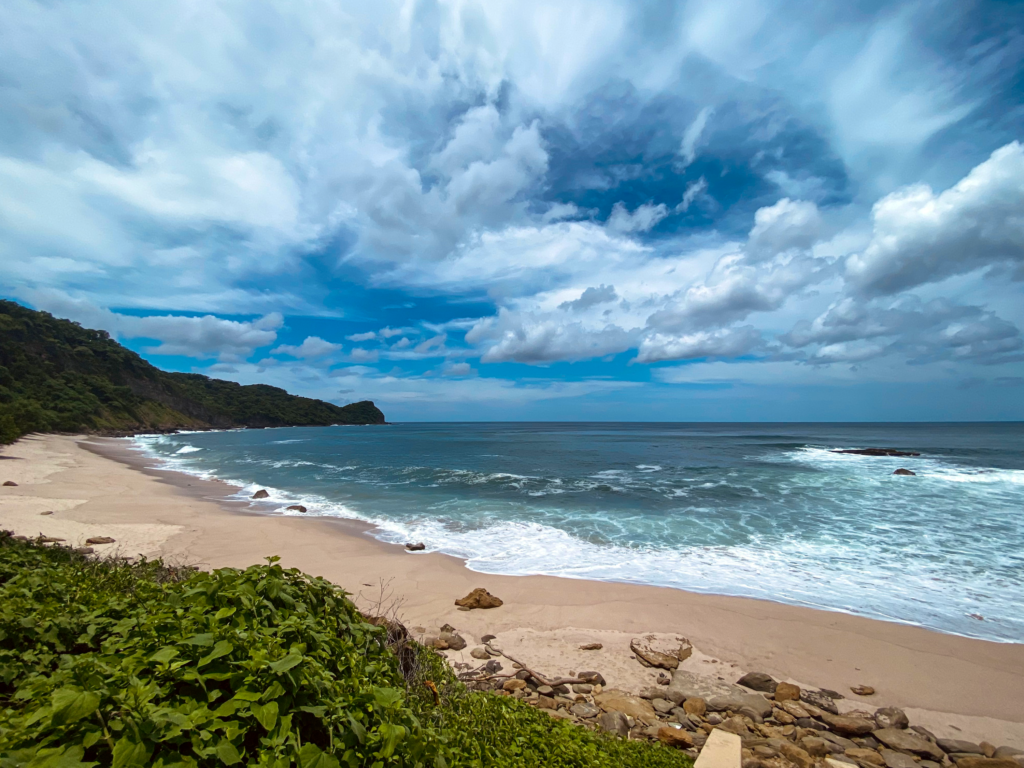
How Much Rain to Expect?
Nicaragua can experience up to eight inches of rain per month during the wet season in the central plains and Pacific coast.
There’s more than a 22% chance of rain each day, and when the rain does come, it is most commonly during the latter half of the day.
Clear Nicaraguan skies darken in the afternoon and brew with rainfall. In short bursts, thunderstorms sweep in and give people an opportunity to find cover and relish in the show.
In my experience, the thunderstorms usually don’t last longer than an hour (a relief for those who aren’t so keen on torrential tropical downpours like those that occasionally plague Costa Rica).
RELATED READING: Costa Rica Rainy Season: Why it’s Best + What to Know
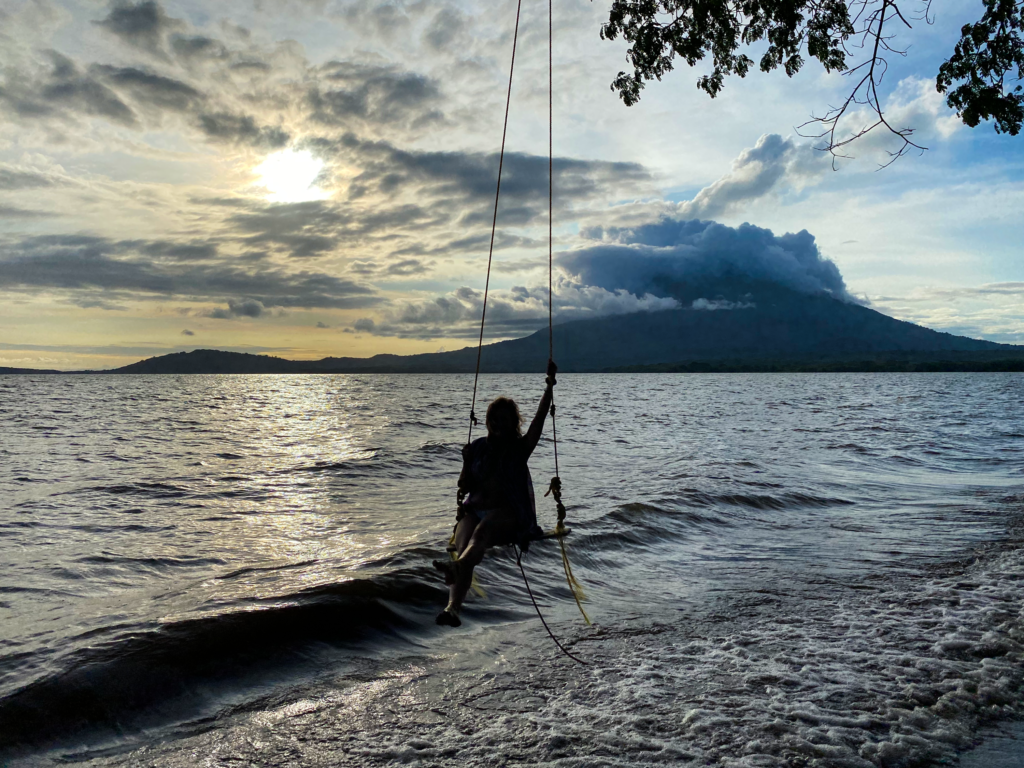
Average Temperatures During the Wet Season
Thanks to its tropical climate, Nicaragua is hot year round. During the wet season, average temperature ranges from 80-90°F.
The “cooler” temperatures are found from October through January.
In the Northern Highlands region, especially in the mountains, temperatures float between 53 and 68°F. This is a great area to enjoy a cooler climate!
Wondering about water temperatures? They rise during the wet season from about 78°F to 84°F. Count me in!
Seasonal and Regional Variation
In general, there is little seasonal variation based on region or microclimate. However, there are two areas that differ slightly from the more traveled places (such as Granada, San Juan del Sur, and Leon): the Northern Highlands and the Caribbean coast.
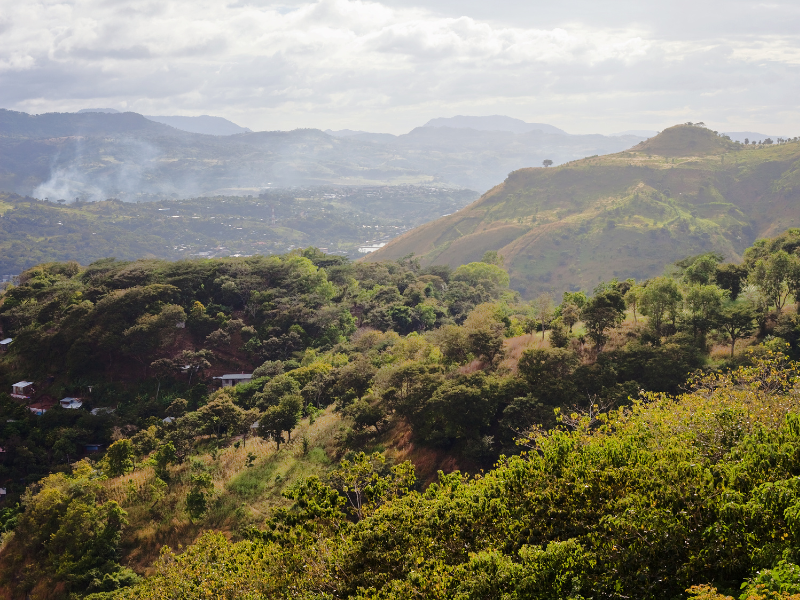
The Northern Highlands
The Northern Highlands are uniquely beautiful, think: mountains, cloud forests, and rivers galore. This region is green year-round!
This area experiences a less marked transition from wet to dry season, and occasionally receives rain during the dry months.
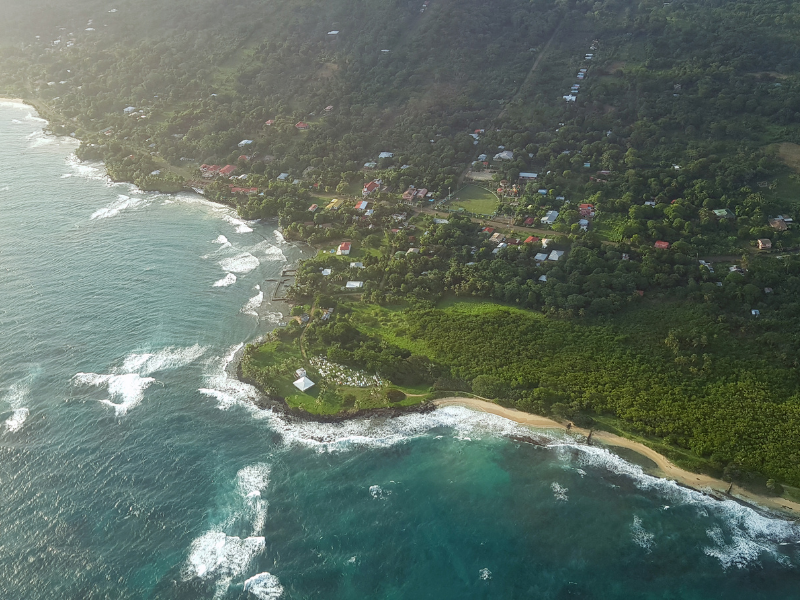
The Caribbean Coast
This is a largely untrodden part of Nicaragua, with the exception of the Corn Islands.
The Caribbean coast is already fairly wet, hot, and humid year-round. The Caribbean coast of Nicaragua looks virtually the same during both seasons.
Ready to book your Nicaragua trip now? These are my go-to sites to snag the best deals!
5 Reasons to Visit Nicaragua During Rainy Season
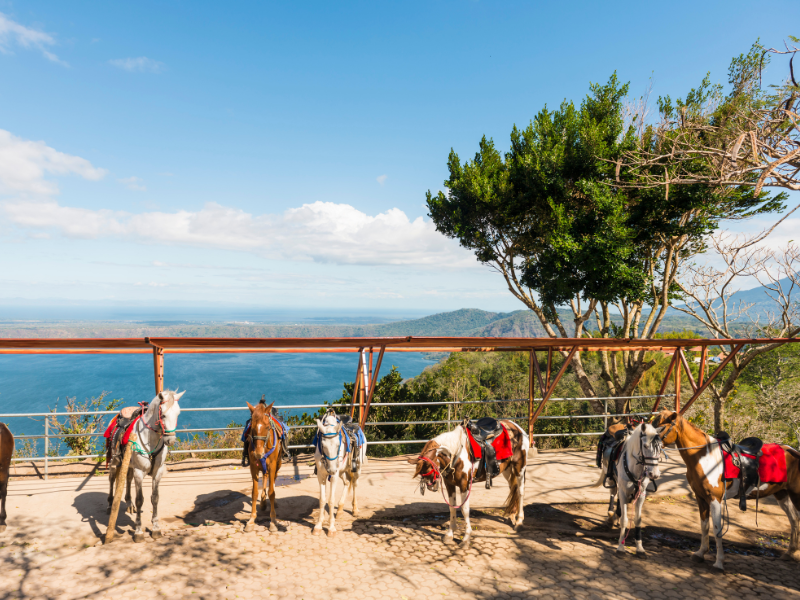
1. Nature is Thriving
In May on the Laguna de Apoyo, I felt the jungle come alive. In June on Ometepe Island, the electrifying flowers took my breath away. Monkeys, birds, frogs and other creatures sing their excitement as the fresh rainwater beckons life to thrive.
Any adventurers here? The air is crisp, and cleaner than it’s been all year; the wet months are a great time to go on epic trips like volcano hikes, river tubing, and horseback rides.
Photographers! This is the most gorgeous time of year. Dazzling green jungle canopy meets bright blue sky. Nicaragua is just begging to be photographed!
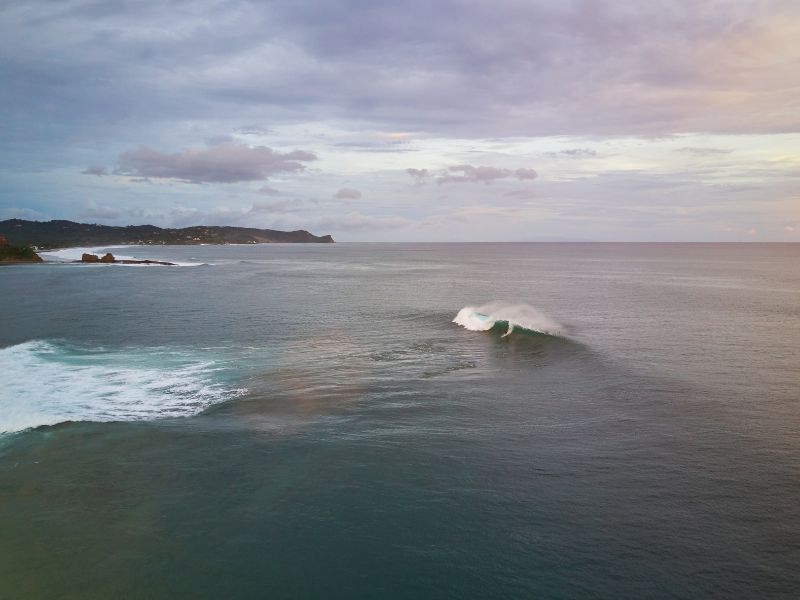
2. Surf is at its Best
If you’re a surfer, you may already know that the Emerald Coast in Nicaragua is a sublime surf mecca.
And guess what? The wet season offers the most pristine swell of the entire year.
Nicaragua’s wet season delivers what’s referred to as the trifecta for great surfing: swell (from the Southern Hemisphere), off-shore winds (300 days a year), and tide (pick your favorite beach!).
Plus warm water!
MORE NICARAGUA TRAVEL INSPIRATION:
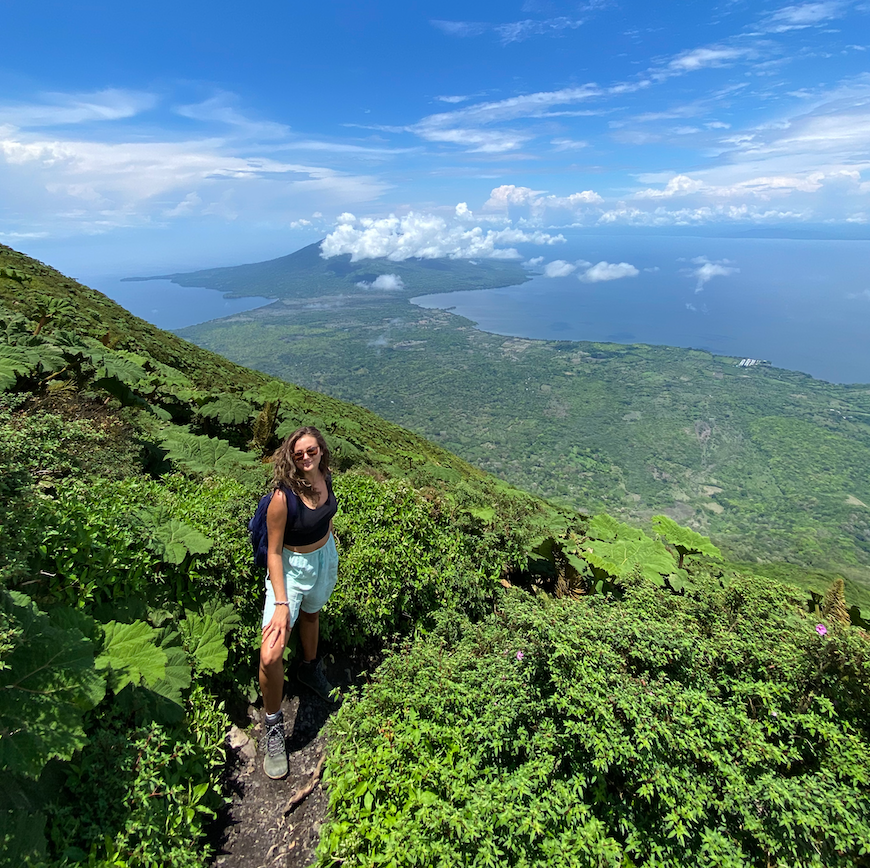
3. Fewer Crowds
Dry season is referred to as the peak tourist season in Nicaragua. Big wait time in your sweaty hazmat suit for volcano boarding? No thank you.
Visit Nicaragua in the rainy season and delight in a more relaxed, peaceful visit. Shorter (or no) lines while you wait to enter museums and churches, and little competition for the best hotel and restaurant reservations. No need to book so far in advance!
Plus, you’ll have those picturesque views all to yourself. Photobombers, be gone!
4. Better Prices
Since there are less tourists, the hospitality, tourism, and food and beverage industries drop their prices during the rainy months.
It’s common for companies to have two completely different rates for each season!
This means everything from your airfare to your hotel and surfboard rental will be at a better rate.
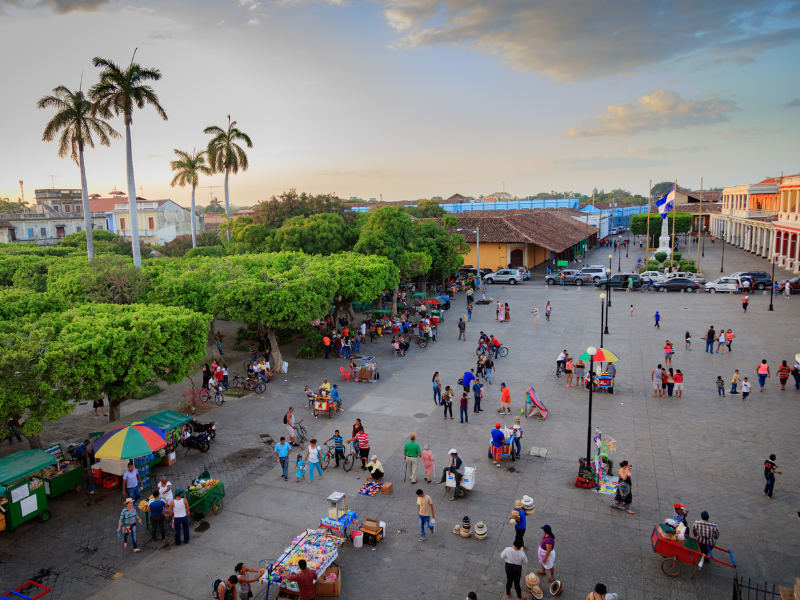
5. Supporting the Local Economy
Tourism contributes immensely to Nicaragua’s economy. The rainy season often deters travelers, thus putting a strain on areas that rely on tourist dollars for their income.
Traveling to Nicaragua during the wet season can go a long way in helping support the local community. Especially if you eat out, hire taxi drivers, and book tours with local guides.
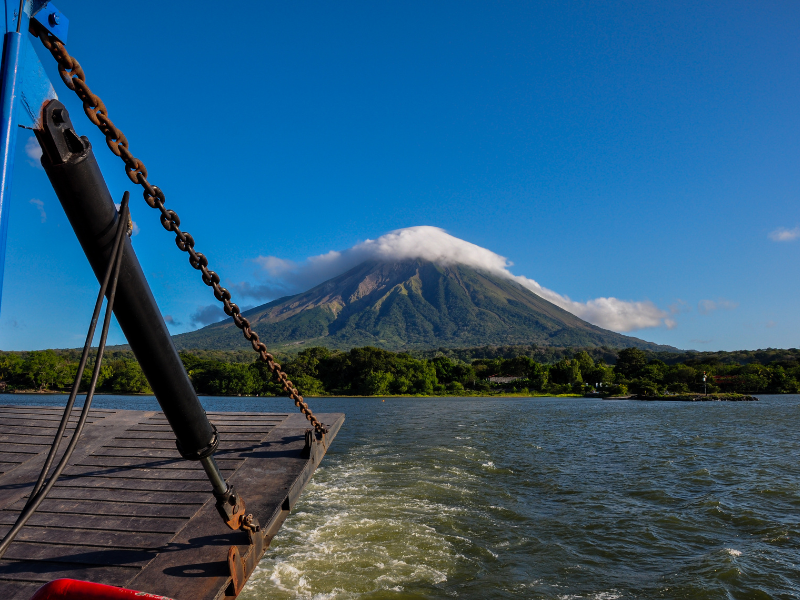
Tips for Traveling in Nicaragua During the Rainy Season
Often, the rainy season isn’t actually very rainy at all. Sometimes, I wish it rained more! Maybe it’s just me, but there’s something about the sound of crackling thunder and raindrops!
When it does rain, though, there are some things you need to know. Here are my top tips for traveling in Nicaragua during the wet season.
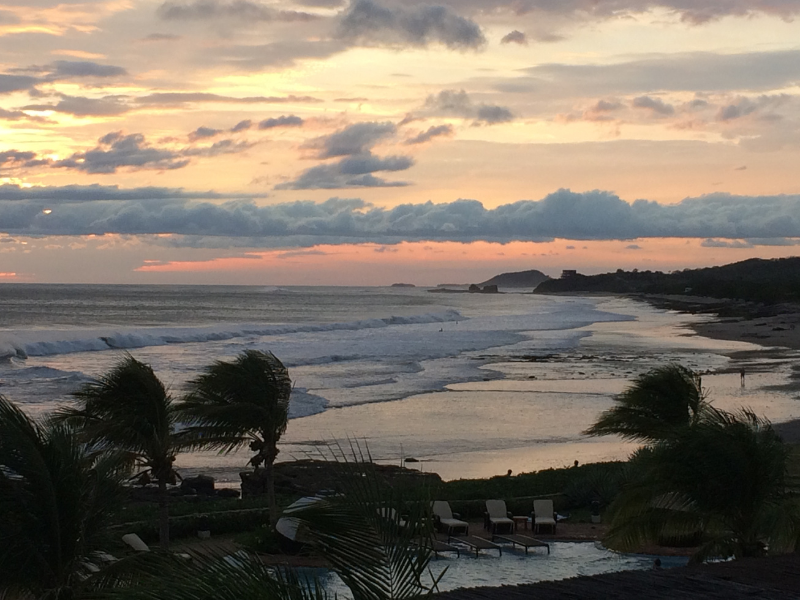
Hurricanes
Unfortunately, hurricanes are common all over Central America. They have devastated Nicaragua and claimed the lives of many, leaving communities in shambles. It is imperative that you check forecasts for hurricanes before traveling to Nicaragua during the wet season.
I have been in Nicaragua for two hurricanes, both of which ended up being extremely mild. Mother Nature can be unpredictable, but the season for hurricanes is typically June through late November.
NOTE: Hurricanes are one of the many use cases for buying travel insurance when traveling. If you’re a digital nomad or frequent traveler, we recommend going with SafetyWing.
Road Conditions
Driving conditions become more dangerous in the rain. Of course, the best route is to avoid driving in the rain altogether, but sometimes it is unavoidable.
The rainy months wreak havoc on dirt roads, like those leading to Popoyo beaches. Many people get their cars stuck in the rivers that rise during the rainy months. If you’re going to rent a car, get a truck or lifted SUV. Always 4X4.
Power Outages
It’s important to consider electricity and internet connection. Power outages are common year round in Nicaragua, but during the rainy season, they are more frequent and longer lasting.
In my experience, the longest I was without electricity in Nicaragua was about ten hours. But, that was by the beach during a storm.
If you’re traveling and working online, then you should be prepared to endure some time without energy. But 90% of the time, it’s for a minute or less.
Convinced to visit Nicaragua during the wet season?

What to Pack
It doesn’t actually rain that much during the rainy season, but it’s best to be prepared for the storms just in case!
You should pack a rain jacket or poncho, umbrella, all-weather shoes, and a quick-dry towel.
It’s also smart to have a hard-shell suitcase or waterproof cover for your backpack (especially if you will be doing long hikes). There’s nothing worse than wet clothes and electronics!

Visiting Nicaragua in the Rainy Season:
A Refreshing Experience
If you’re a nature lover, surfer, or just keen on off-season travel, the rainy season is the perfect time to visit Nicaragua.
The difference between the brown landscape of the dry season, and the ripe, fertile, greenery of the wet season is best experienced firsthand. It’s like witnessing the dead of winter shift directly into a flourishing summer. What’s not to love?
Just be sure to pack accordingly, and bring a pack of cards for internet-free entertainment; a great way to make new friends.
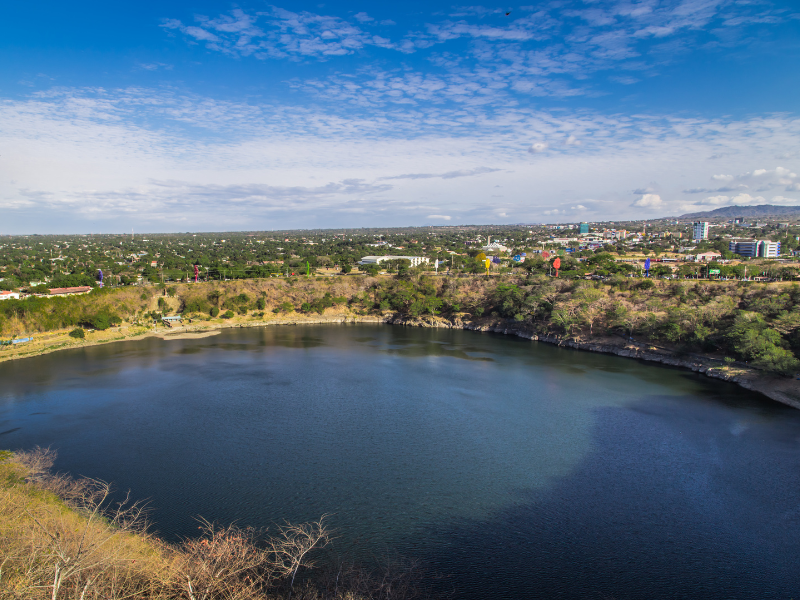
Nicaragua Rainy Season FAQs
Typically, October is the rainiest month in Nicaragua; however, some years, October can be drier than September or November.
Contrary to what you may find elsewhere on the internet about Nicaragua’s dry season, the best time of year to go to Nicaragua is during the first half of the rainy season: from May through August. The land is fresh and abundant in flowers and thick jungles. The air is clean, the surf swell is prime, and the cost for lodging, dining, and excursions goes down. Take it from me, I live here!
The hottest month in Nicaragua is April, at the end of the dry season. For example, the average high temperature in Granada in April is 95°F and the average low is 74°F.
When it rains in Nicaragua you can visit museums and churches, or stay indoors and play games, watch movies, or read books.
Historically, the coldest month in Nicaragua is January, with an average temperature of 77°F.
During the wettest months of the rainy season, Nicaragua gets about 8 inches of rain per month, with the most rain falling on the Caribbean coast and in the Northern Highlands. The rains do not last long – usually an hour or less – and are very pleasant.
MORE NICARAGUA TRAVEL INSPIRATION:
SAVE THIS POST ON PINTEREST FOR LATER!
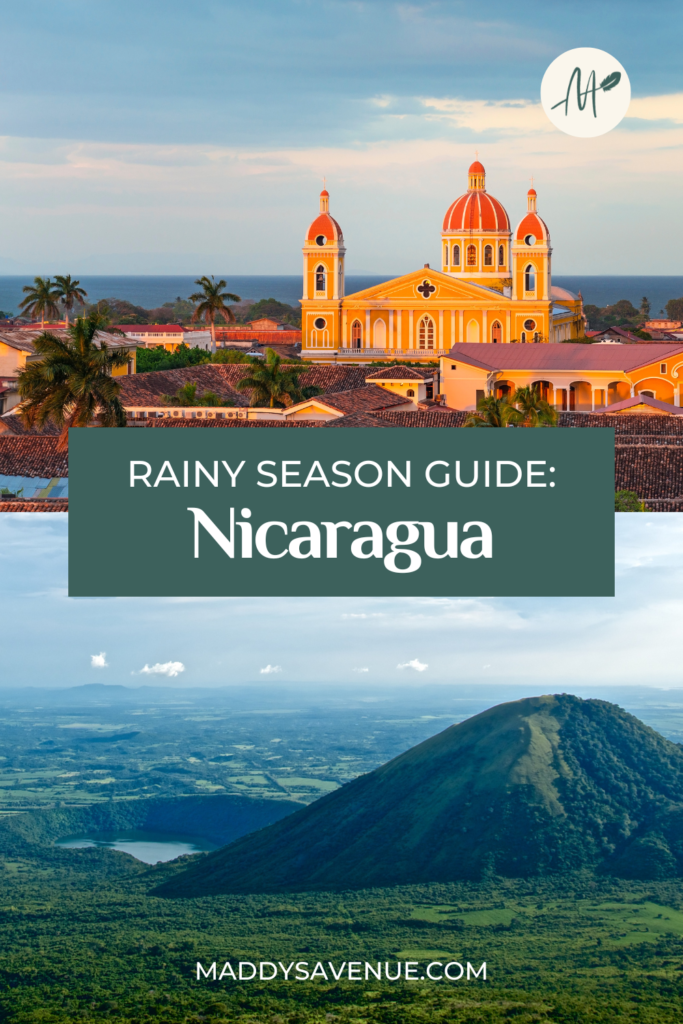
Did you know…
When you book travel or purchase something through our links, we receive a small commission, at no extra cost to you? Your support enables Maddy’s Avenue to keep producing helpful travel content. Thank you!
Disclaimer: This post may contain affiliate links. When you click through a link on this page and make a valid purchase, Maddy’s Avenue may receive a small commission (at no extra cost to you!). We only recommend products/services that we believe in and know you will love too. Your support enables us to continue making helpful travel content. Thank you for reading, and thank you for your support!
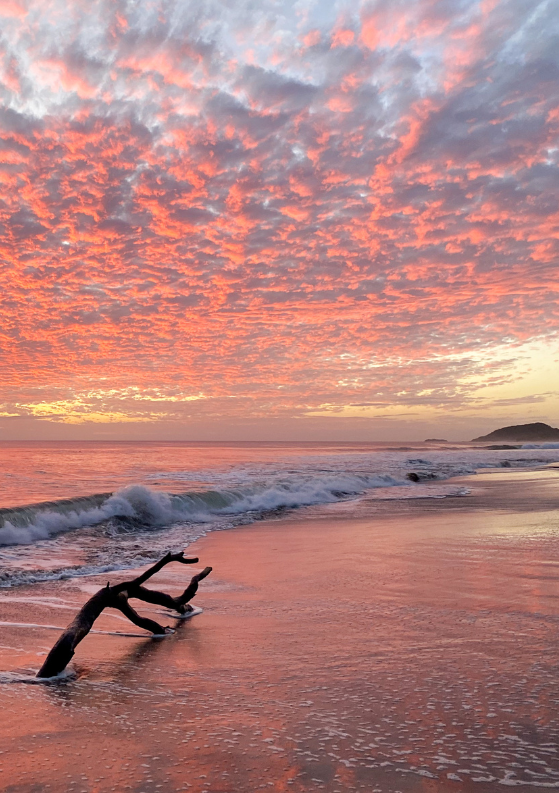
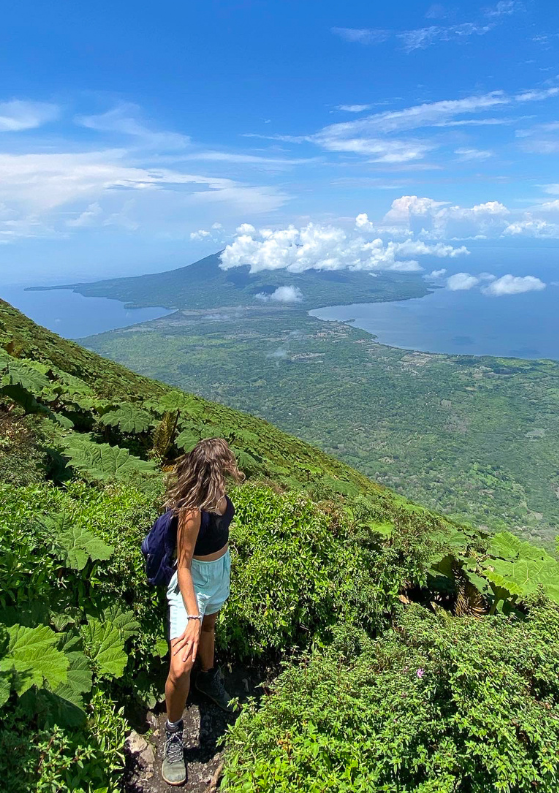
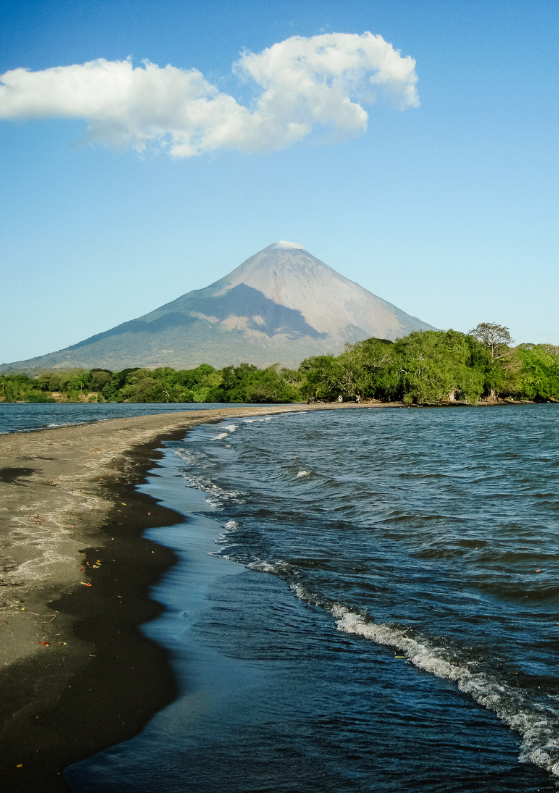
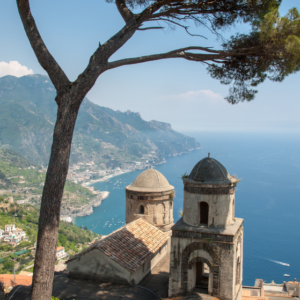
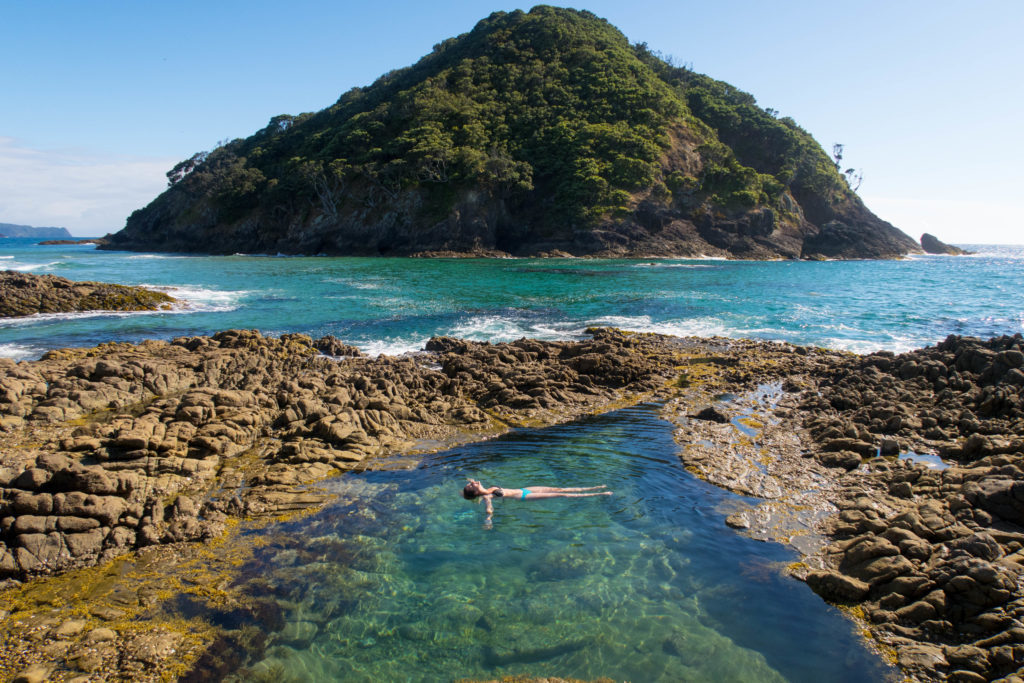
Leave a Reply